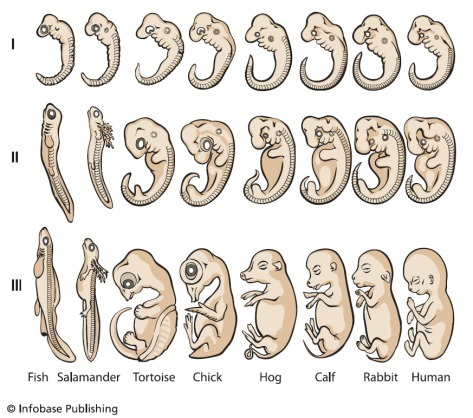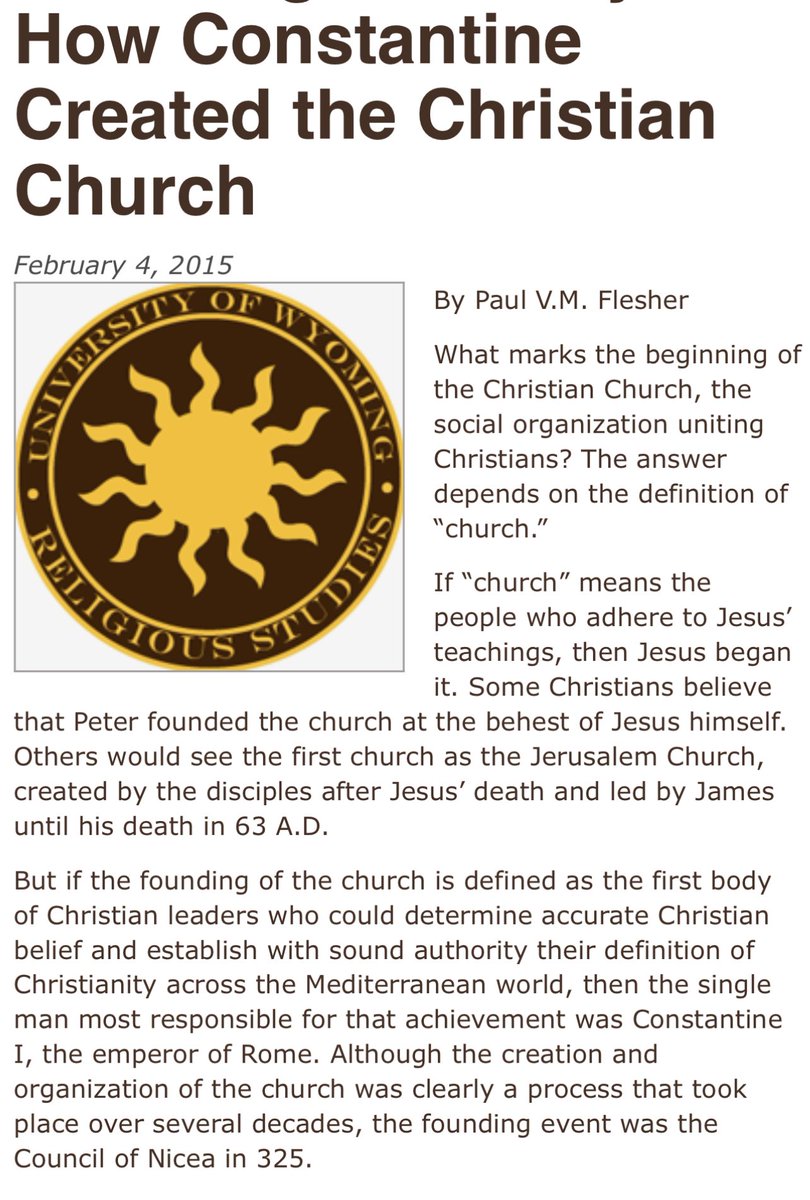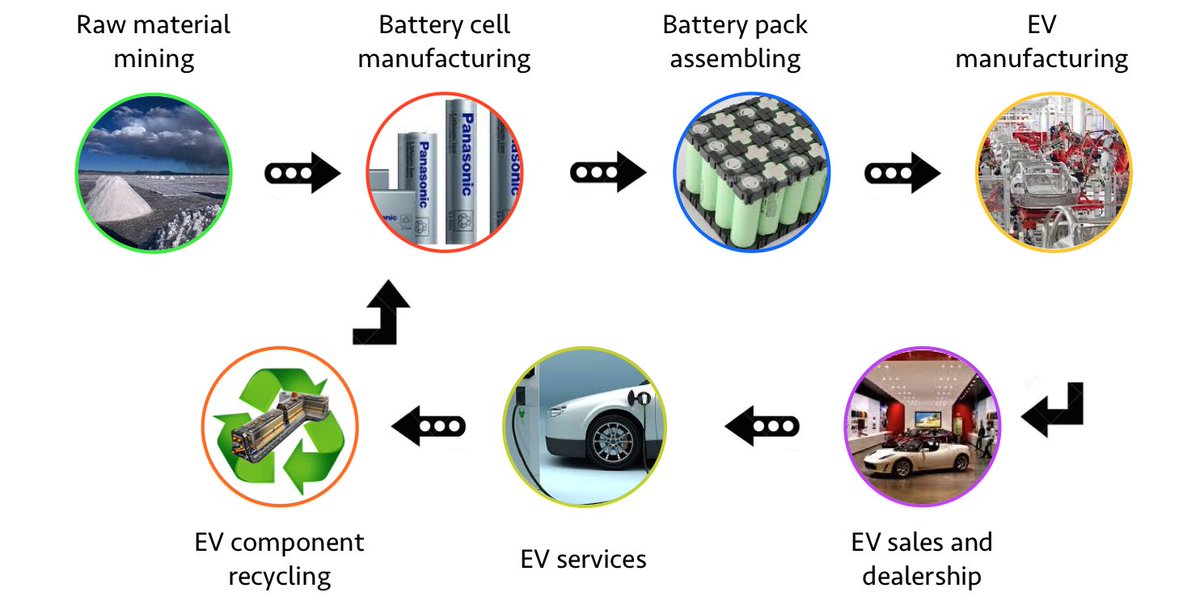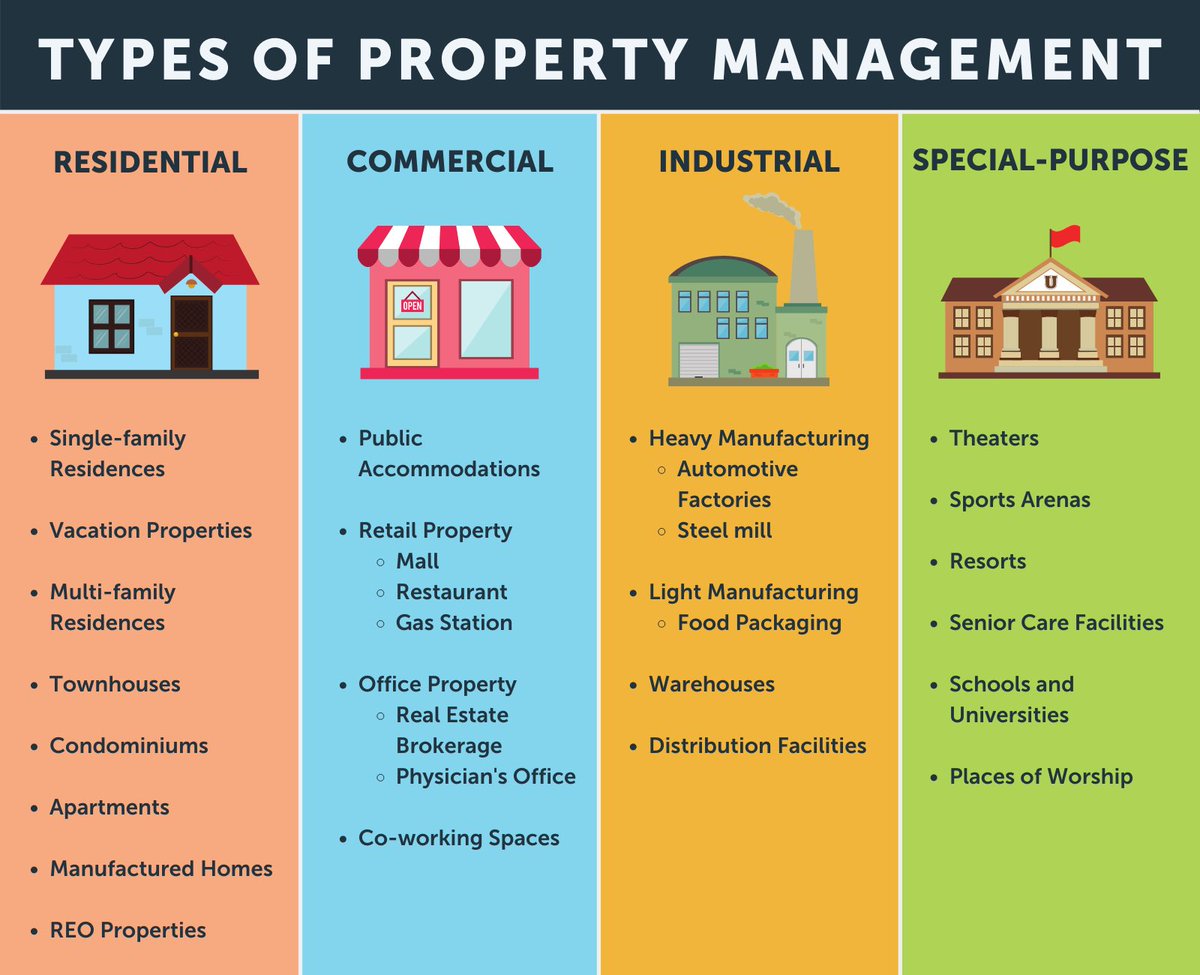#OriginofLife or #Abiogenesis 🔥🔥🔥
1/ Life is the condition that distinguishes plants & animals (including humans) from inorganic matter, including the capacity for growth, reproduction, functional activity & continual change preceding death.
1/ Life is the condition that distinguishes plants & animals (including humans) from inorganic matter, including the capacity for growth, reproduction, functional activity & continual change preceding death.
2/ Life functions thru th specialized chemistry of carbon & water & builds largely upon four key families of chemicals:
i) lipids (fatty cell walls),
ii) carbohydrates (sugars, cellulose),
iii) amino acids (protein metabolism), &
iv) nucleic acids (self-replicating DNA&RNA).
i) lipids (fatty cell walls),
ii) carbohydrates (sugars, cellulose),
iii) amino acids (protein metabolism), &
iv) nucleic acids (self-replicating DNA&RNA).
3/ #Abiogenesis is the natural process by which life & living systems arose from non-living elements, such as simple organic compounds.
4/ #Abiogenesis is studied thru a combination of molecular biology, paleontology, astrobiology, oceanography, biophysics, geochemistry &biochemistry.
4/ #Abiogenesis aims 2 determine how pre-life chemical reactions gave rise 2 life. The study of abiogenesis can be geophysical, chemical, or biological, with more recent approaches attempting a synthesis of all three.
5/ The transition from non-living to living entities was not a single event, but an #EvolutionaryProcess of increasing complexity that involved molecular self-replication, self-assembly, autocatalysis & the emergence of cell membranes.
6/ Life as we know it originated roughly 3.5 to 4 billion years ago in the form of a #prebiotic ("before life") or #primordial soup of organic molecules that began to replicate themselves & pass along a genetic formula.
7/ Organic molecules are the molecules of life & are built around chains of carbon atoms that are often quite long.
There are 4 main groups of organic molecules that combine to build cells & their parts:
i) lipids,
ii) carbohydrates,
iii) amino acids, &
iv) nucleic acids.
There are 4 main groups of organic molecules that combine to build cells & their parts:
i) lipids,
ii) carbohydrates,
iii) amino acids, &
iv) nucleic acids.
8/ Th mixture of organic molecules with water under th atmosphere of th primitive Earth is referred as the prebiotic or primordial soup.
There, life originated & th first forms of life were able use th organic molecules 2 survive & reproduce.
There, life originated & th first forms of life were able use th organic molecules 2 survive & reproduce.
9/ Today, all living organisms store & transmit hereditary information using two kinds of molecules: DNA & RNA. Each of these molecules is in turn composed of four kinds of subunits known as nucleotides. 

10/ Using the #HeterotrophicOriginofLifeTheory or #PrimordialSoupTheory:
i) Early Earth had a chemically reducing atmosphere.
ii) This atmosphere, exposed 2 energy in various forms, produced simple organic compounds ("monomers").
i) Early Earth had a chemically reducing atmosphere.
ii) This atmosphere, exposed 2 energy in various forms, produced simple organic compounds ("monomers").
10/ contd...
iii) These compounds accumulated in a "soup", which may hav been concentrated at various locations (shorelines, oceanic vents etc.).
iv) By further transformation, more complex organic polymers & ultimately life – developed in th primordial soup.
iii) These compounds accumulated in a "soup", which may hav been concentrated at various locations (shorelines, oceanic vents etc.).
iv) By further transformation, more complex organic polymers & ultimately life – developed in th primordial soup.
Note:
An #AbioticProcess refers 2 anything that occurs without th presence of life.
A #PrebioticProcess refers 2 something that happens in th atmospheric&chemical conditions that th primitive Earth had about 4.2 billion years ago &that preceded 2 th origin of life on th planet.
An #AbioticProcess refers 2 anything that occurs without th presence of life.
A #PrebioticProcess refers 2 something that happens in th atmospheric&chemical conditions that th primitive Earth had about 4.2 billion years ago &that preceded 2 th origin of life on th planet.
11/ Th sequences of nucleotides in particular lengths of DNA or RNA, known as genes, direct th construction of molecules (proteins), which in turn catalyze biochemical reactions, provide structural components 4organisms, &perform many of the other functions on which life depends.
12/ Proteins consist of chains of subunits known as amino acids. The sequence of nucleotides in DNA & RNA therefore determines the sequence of amino acids in proteins. This is a central mechanism in all of biology. 

13/ An #EvolutionaryProcess involves a series of natural changes that cause species (populations of different organisms) to arise, adapt to the environment, and become extinct. All species or organisms have originated through the process of biological evolution.
14/ Evolution occurs when there is change in the genetic material - the chemical molecule, DNA - which is inherited from the parents, and especially in the proportions of different genes in a population.
15/ Genes represent the segments of DNA that provide the chemical code for producing proteins. Information contained in the DNA can change by a process known as mutation.
16/ The way particular genes are expressed, i.e., how they influence th body or behavior of an organism -- can also change. Genes affect how th body&behavior of an organism develop during its life &...
16/ contd...this is why genetically inherited characteristics can influence the likelihood of an organism’s survival & reproduction.
17/ Evolution does not change any single individual. Instead, it changes the inherited means of growth and development that typify a population (a group of individuals of the same species living in a particular habitat). Parents pass adaptive genetic changes 2 their offspring.
18/ Ultimately these changes become common throughout a population. As a result, th offspring inherit those genetic characteristics that enhance their chances of survival&ability 2 give birth, which may work well until th environment changes.
19/ Over time, genetic change can alter a species' overall way of life, eg what it eats, how it grows, &where it can live. Evolution took place as new genetic variations in early ancestor populations favored new abilities 2 adapt 2 environmental change &so altered th way of life.
20/ Every living creature has DNA, which has a lot of inherited information about how the body builds itself. Scientists can compare the DNA of two organisms & the more similar the DNA, the more closely related the organisms.
21/ The study of one type of evidence of evolution is called embryology, the study of embryos. An embryo is an unborn (or unhatched) animal or human young in its earliest phases.
22/ Embryos of many different kinds of animals:
mammals, birds, reptiles, fish, etc. look very similar & it is often difficult to tell them apart. Many traits of one type of animal appear in the embryo of another type of animal.
mammals, birds, reptiles, fish, etc. look very similar & it is often difficult to tell them apart. Many traits of one type of animal appear in the embryo of another type of animal.

22/ For example, fish embryos&human embryos both have gill slits. In fish they develop into gills, but in humans they disappear before birth. 





23/ This shows that the animals are similar and that they develop similarly, implying that they are related, have common ancestors and that they started out the same, gradually evolving different traits, but that the basic plan for a creature's beginning remains the same.
• • •
Missing some Tweet in this thread? You can try to
force a refresh





















